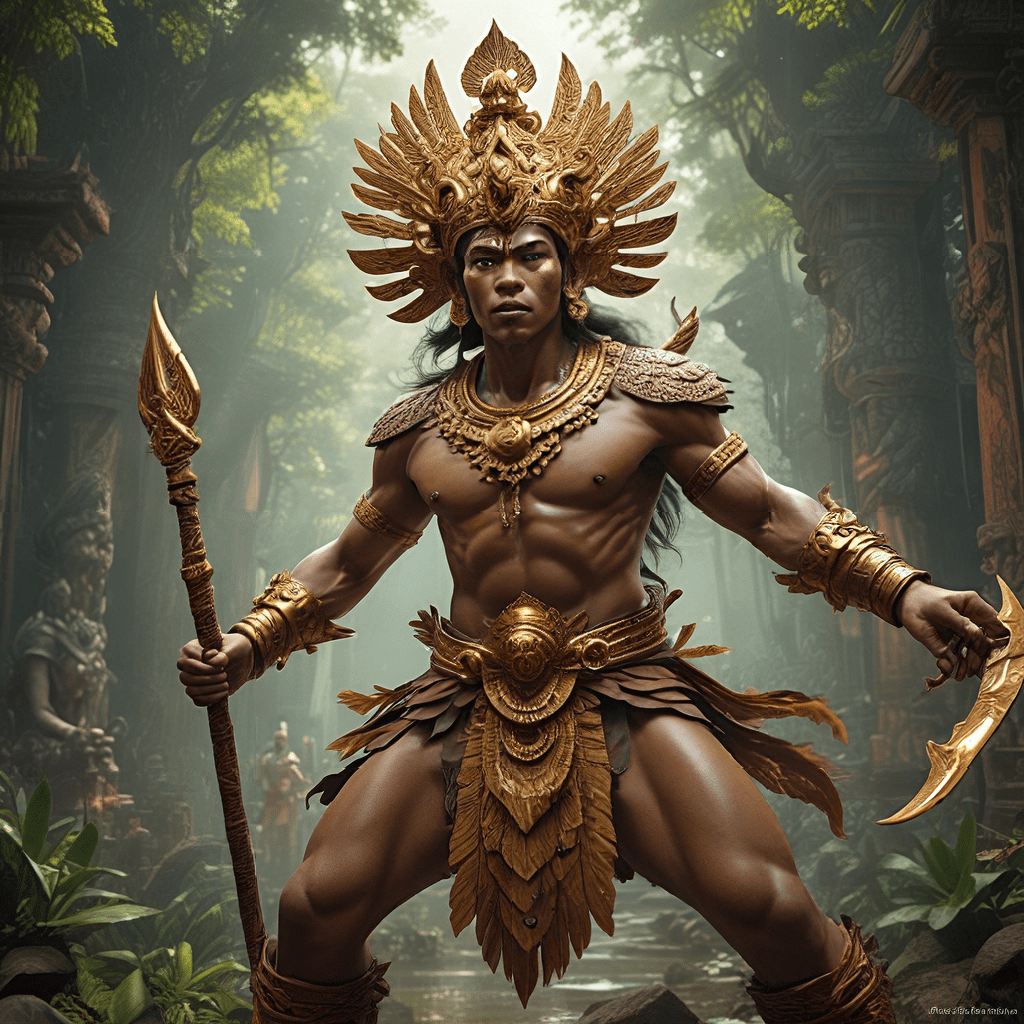The Sacred Bridges: Connecting Mythical Realms
Introduction to Sacred Bridges
Sacred bridges are profound symbols found in mythology and folklore that represent the connection between different realms, often the mortal and the divine. In various cultures, these bridges embody the transition from one state of being to another, serving as pathways that facilitate journeys of the soul, spiritual enlightenment, or even the passage of heroes. The importance of these bridges extends beyond mere structure; they symbolize the inherent interconnectivity of life, death, and the afterlife.
Cultural Significance of Bridges in Myths
Throughout history, bridges have held deep cultural significance across various societies. They are often viewed as thresholds between worlds, a concept that resonates in numerous myths worldwide. Here are some interpretations of bridges in different cultures:
- Norse Mythology: Bridges connect the realms of gods and men.
- Native American Beliefs: Bridges symbolize the connection between Earth and the spirit world.
- Asian Traditions: Many cultures see bridges as sacred paths to enlightenment.
In these narratives, bridges often serve as conduits between the mortal realm and the divine or spiritual realms, allowing for communication, transformation, and transcendence.
Famous Mythical Bridges Across Cultures
Several mythical bridges have become emblematic of their respective cultures. Some notable examples include:
- The Bifröst Bridge: In Norse mythology, this rainbow bridge connects Midgard (the world of humans) to Asgard (the realm of the gods), symbolizing the link between the earthly and the divine.
- The Rainbow Bridge (Iktomi): In Native American lore, this bridge serves as a spiritual pathway for souls, particularly in the Lakota tradition, where it represents a journey to the afterlife.
- The Bridge of Avignon: In French folklore, this bridge is linked to the song “Sur le Pont d’Avignon,” which depicts a place of gathering and connection among people and the divine.
The Symbolism of Bridges in Spirituality
Bridges have significant metaphorical value in spirituality. They often symbolize:
- Transition: Crossing a bridge signifies moving from one phase of life to another.
- Transformation: The act of crossing can represent personal growth and enlightenment.
Psychologically, crossing a bridge can evoke feelings of anxiety, hope, and courage, reflecting the challenges and triumphs associated with change and new beginnings.
Bridges in Religious Texts and Traditions
Sacred bridges also appear in various religious texts and traditions, illustrating their importance in spiritual journeys. For instance:
- The Straight Path in Islam: This metaphorical bridge represents the direct path to righteousness and ultimately to paradise.
- The Golden Gate in Christianity: Symbolizing the entry into heaven, it signifies hope and divine grace.
Bridges are often incorporated into rituals and ceremonies, acting as pivotal points of connection between the physical and the spiritual realms.
Folklore and Legends Surrounding Sacred Bridges
Numerous legends and tales feature sacred bridges as central elements. These stories often highlight themes of heroism, sacrifice, and quest. Some notable examples include:
- The Tale of the Bifröst: In Norse legends, the bridge is guarded by the god Heimdall, who protects the realm of gods from giants.
- The Journey of Souls: Many cultures have tales of souls crossing bridges to reach the afterlife, often encountering challenges that test their worthiness.
These narratives reinforce the idea of sacred bridges as more than just physical structures; they are integral to the human experience and the journey of the soul.
Architecture and Design of Sacred Bridges
The design and architecture of bridges are often influenced by cultural beliefs and mythologies. For example:
- Chinese Moon Bridges: These bridges are designed with a circular shape that symbolizes unity and harmony, reflecting the belief in the balance of yin and yang.
- Japanese Torii Gates: Often found at the entrance of sacred sites, these structures serve as a bridge between the physical and spiritual worlds.
Real-world bridges that embody mythical significance often serve cultural functions, becoming landmarks that attract visitors and pilgrims seeking spiritual connection.
The Role of Sacred Bridges in Modern Spiritual Practices
In contemporary spirituality, the concept of sacred bridges continues to thrive. Many people seek to incorporate these symbols into their spiritual practices, often viewing them as metaphors for personal growth and transformation. The resurgence of interest in mythical narratives highlights their relevance today, as individuals explore their own paths of self-discovery and connection to the divine.
Literature and Art Inspired by Sacred Bridges
Sacred bridges have inspired countless works of literature and art throughout history. These representations often explore themes of connection, transition, and the human experience. Notable examples include:
- Literary Works: Books and poems frequently use bridges as symbols of journeys, such as in J.R.R. Tolkien’s “The Lord of the Rings,” where bridges signify paths to new worlds.
- Artistic Representations: Artists have depicted bridges in various forms, exploring their spiritual and emotional significance through paintings, sculptures, and installations.
The impact of these narratives extends into popular culture, as filmmakers and musicians draw upon the symbolism of sacred bridges to convey deeper meanings in their works.
Conclusion: The Enduring Legacy of Sacred Bridges
In conclusion, sacred bridges serve as powerful symbols of connection between mythical realms, embodying the themes of transition, transformation, and the intertwining of the mortal and divine. Their significance transcends time and culture, reflecting the universal human experience of seeking connection and understanding. As society continues to evolve, the relevance of these symbols remains, offering pathways for spiritual exploration and personal growth in contemporary life.



